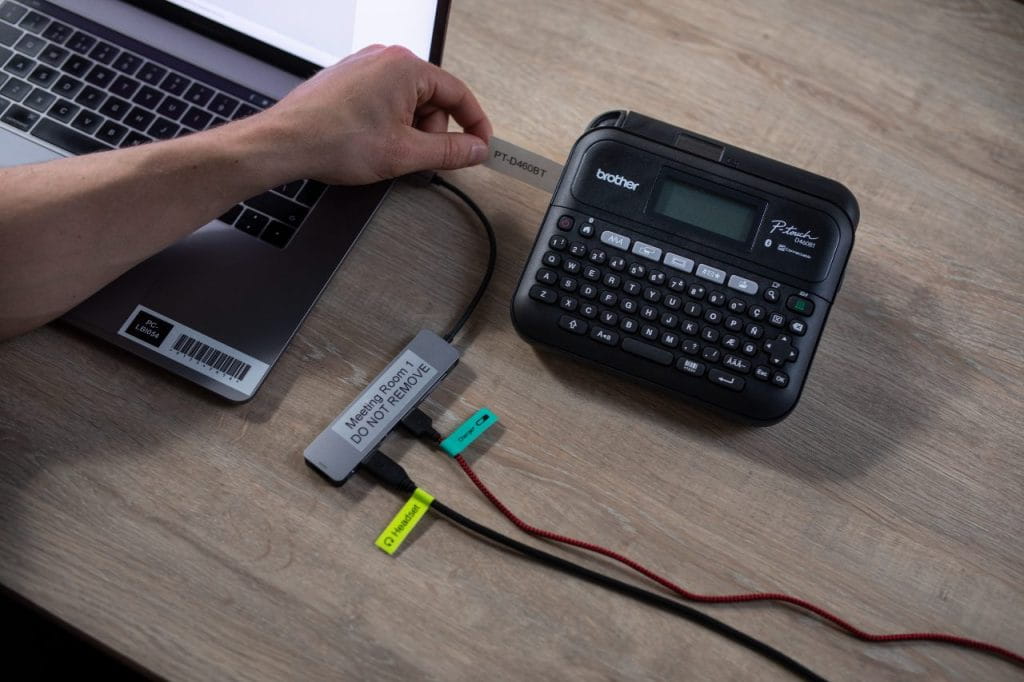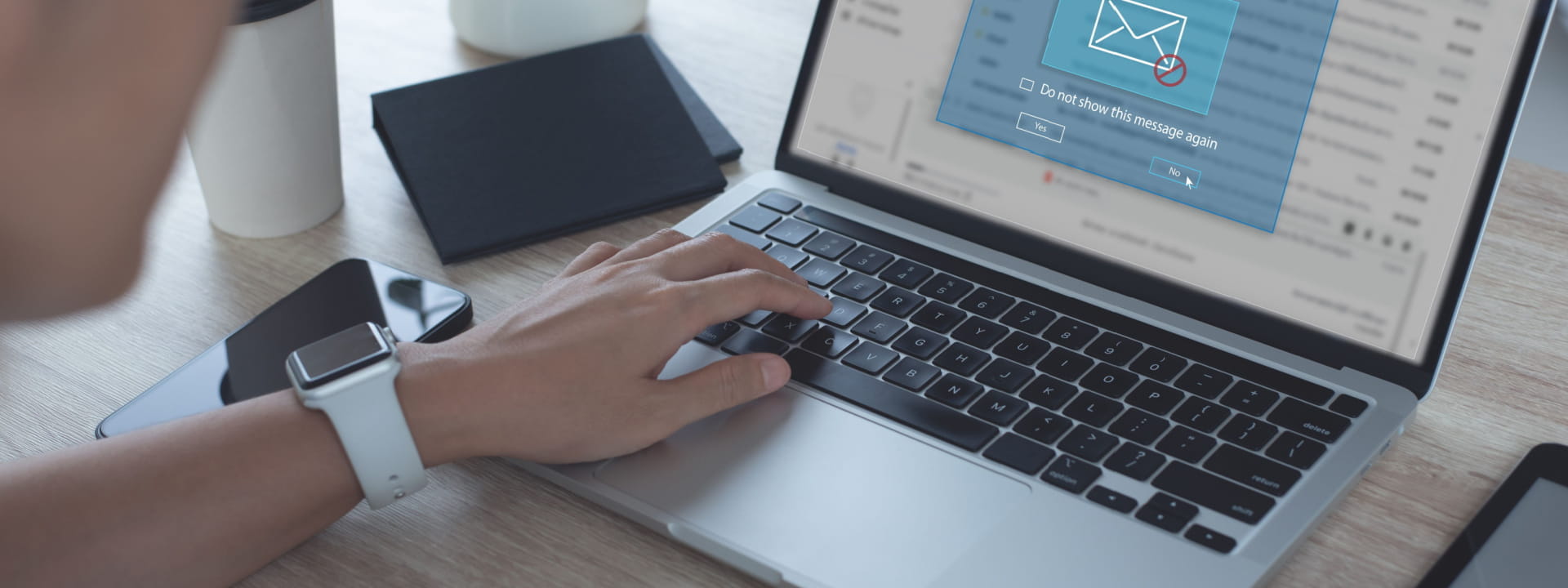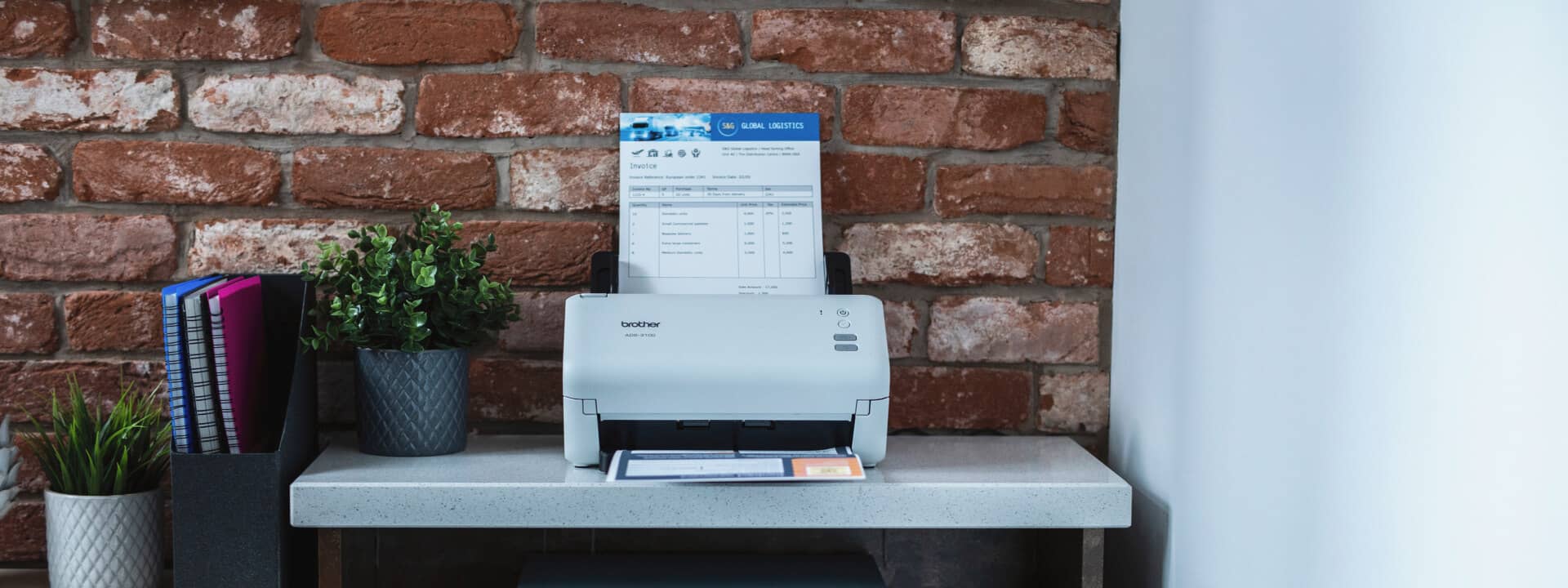
If you’re one of the many Australians working between home and the office, chances are that office organisation is an important factor in your work environment.
Think about the last time you had to search for a document or file on your workstation. It probably took you a while, didn’t it? If you’re like most people, your desk isn’t as neat as it could be. But there are ways to organise your office so that everything is easy to find and within reach. And believe it or not, getting organised can actually make you more productive.
From streamlining your days to keeping documents and tools available, office organisation has been proven to positively impact productivity for workers, and businesses. Explore the advantages and disadvantages of having an organised office at home and work, plus check out our tips and tricks to optimise your workspace.

How an untidy office hurts productivity
A disorganised workspace can impact your productivity and can make you feel distracted, so it’s important not only for yourself but also other people who work with you as well.
Debunking the myth of ‘controlled chaos’ in the office, research shows that the physical environment of the workplace has a big impact on the way that we work. For example, those that work in a messy office environment have been found to be less productive. By contrast, studies have also found that an organised space is more likely to promote a productive day.
One of the common symptoms of a disorganised office is a desk cluttered with paper and files. Without the proper organisation, you’re likely to lose valuable minutes rummaging around for the documents you’re after. Backing this, IBM has cited research showing some workers lose up to two hours per week futilely searching for hard-to-find documents.
There are also harder-to-see impacts of an untidy office – the hit to cognition, behaviour, emotions, and decision-making. What’s more, a disorganised office can increase stress and anxiety levels, as well as damage focus, eating choices, and sleep.
So, the payoff in avoiding a messy workspace is clear. But if you need more convincing, a study by Harvard University that involved students working in settings with varying levels of clutter, found students in cluttered workspaces work steadily on average over seven minutes longer than those in those in disorganised spaces.
Not a one-size fits all approach
The strategy you adopt for office organisation will likely differ depending on your work environment.
For instance, if you’re in-office full-time with a set desk, it’s unlikely you will have to think too much about organising things like office supplies. However, those that are hot-desking or working remotely will have a more difficult task as their work environment can change day to day.
For more advice on how to make your ‘work from home’ space work for you, see our guide here.

Tips for office organisation
Regardless of the kind of office, there are some basics all workers should get right.
- Label storage areas and their contents: For bigger offices with multiple staff members, clearly labelling storage areas such as cupboards and storerooms is crucial – and it’s easier than you think Kickstart organisation in your office space with Brother’s PT-D460BT professional label printer. It’s easy to use and packed with handy features including Bluetooth and an automatic cutter for printing lots of labels, fast. By clearly labelling a storage area, staff will spend less time looking for tools, equipment and more. This rule also applies to the storage contents, making it easy to return items at the end of the day. If you’re sharing a home office with a partner or roommate, this is also important to keep your own possessions organised
- Don’t go overboard with personal items: Think of family pics, personal souvenirs, and other mementos. These can all create a positive vibe, but too many can clog a workspace and your desk. This applies double when at home, as office desks often become a storage area when not in use
- Be smart with office supplies: Prioritise those you use daily and put them on, or in, your desk. If items are used rarely put them away in the relevant storage area. Labelling your office equipment in shared spaces using a tool like Brother’s P-Touch desktop label printers is also a great idea, especially for those hot desking!
- Take it easy on sticky note reminders: Get your workflow right by only leaving active projects on your desk, and make sure to put often-used items, like your mobile phone, on your dominant side for easy access
- Organise your computer desktop: Create folders and shared files to streamline your workflow, trash any unused applications, and do regular sessions to keep it tidy
At the end of the day, office organisation is never ‘finished’ so make sure to regularly reassess to stay on top of clutter for a better all-round work experience.
For more organisation advice, including how to better plan your work week, check out our blog here.





